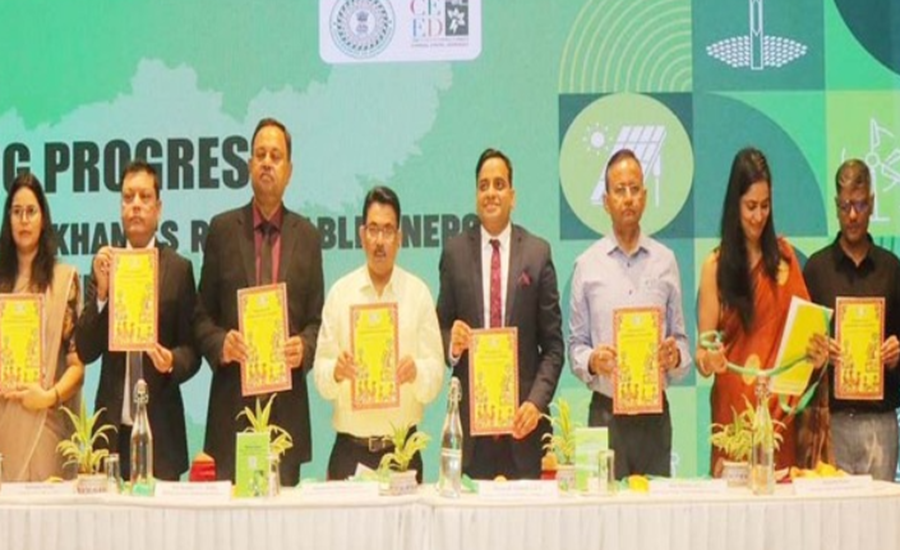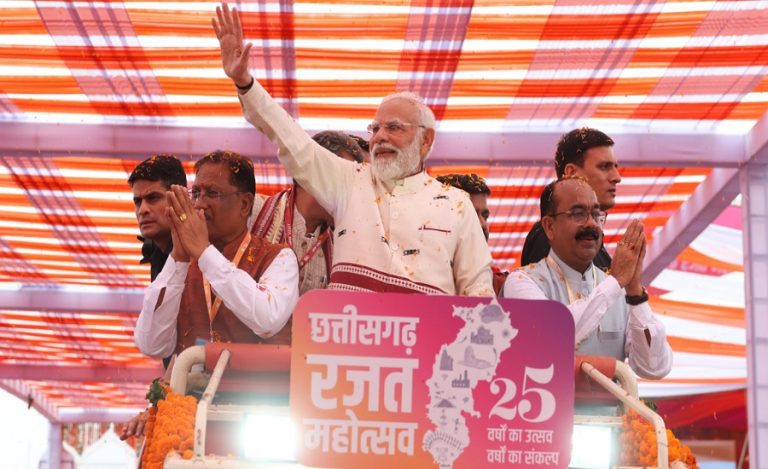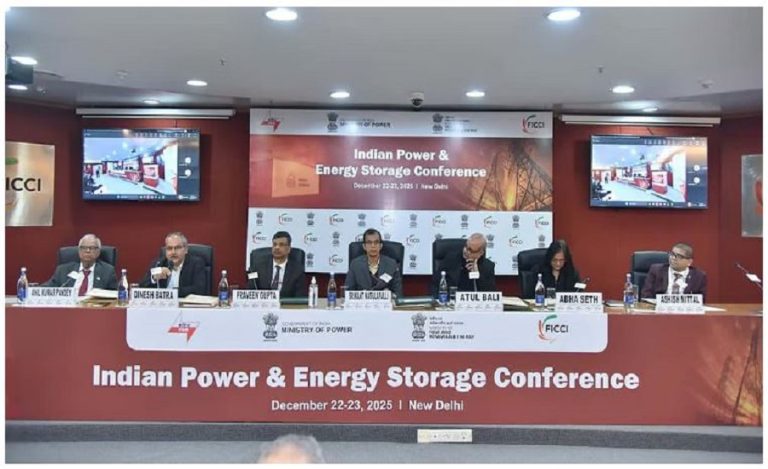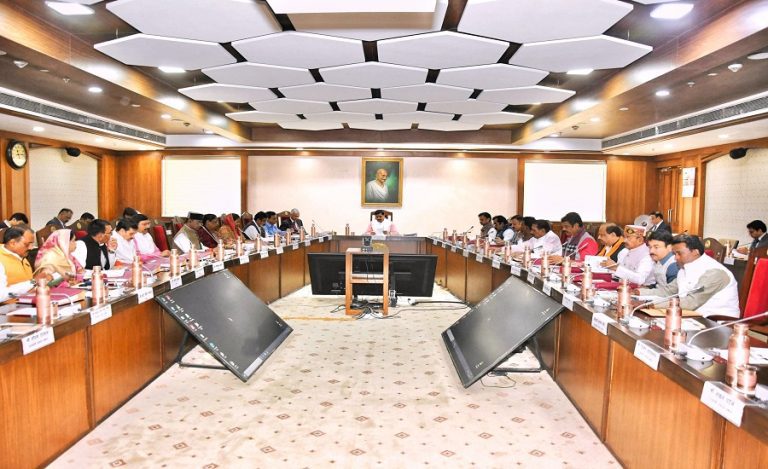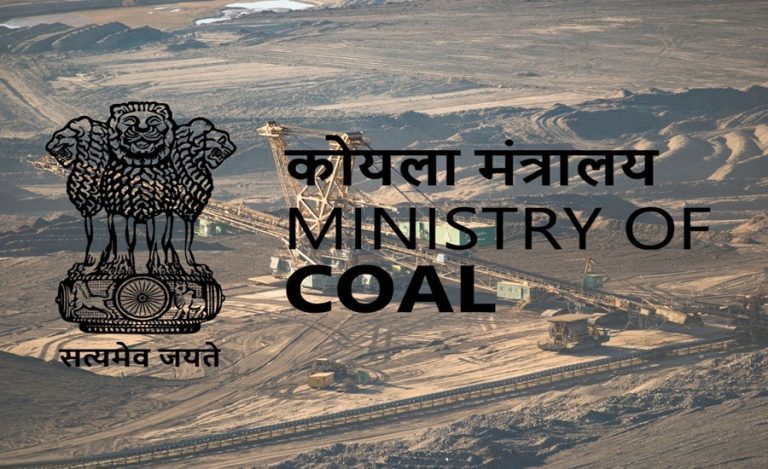Jharkhand is positioning itself as a frontrunner in India’s renewable energy transition, leveraging its rich natural resources and untapped potential. Senior officials emphasized that with structured planning and investment, the state can accelerate its progress towards a net-zero future and build a robust green economy.
Visionary Report Launched in Ranchi
The landmark report, Powering Progress: Unlocking Renewable Energy and Storage Potential Assessment in Jharkhand, was released by the Task Force – Sustainable Just Transition, Government of Jharkhand, in collaboration with the Centre for Environment and Energy Development (CEED). The study outlines the state’s capacity to achieve about 66 GW of renewable energy and storage potential.
Speaking at the launch, Forest Department Secretary Mr. Abubakar Siddiqui said Jharkhand’s abundant natural wealth provides a unique opportunity to lead in the energy transition. He highlighted that the renewable roadmap will not only support climate goals but also drive a green economic model for the state.
Manufacturing Ecosystem Key for Renewable Growth
Industry Secretary Ms. Arwa Rajkamal stressed the need for a strong manufacturing ecosystem to tap this potential. She underlined that construction, installation, operation, and maintenance of clean energy infrastructure must be prioritized. Jharkhand’s existing industrial and MSME base, she noted, can play a crucial role in building this ecosystem, provided there is adequate investment and technological innovation.
Bureaucratic Push for Sustainable Economy
Planning and Development Secretary Mr. Mukesh Kumar (2009-batch IAS officer) emphasized that effective use of untapped natural resources will strengthen both infrastructure and the economy. He recommended learning from the renewable energy success stories of western and southern states to position Jharkhand as a leader in clean energy.
Former IFS officer Mr. A.K. Rastogi said that clean energy transition will be the cornerstone of a future-ready economy. Rising energy demands from industrial expansion, cooling systems, and digital infrastructure highlight the urgency of adopting renewable solutions. He added that this transition will promote green jobs, a clean industrial ecosystem, and socio-economic development.
Additional Principal Chief Conservator of Forests Mr. Ravi Ranjan highlighted the adverse effects of climate change, stressing the importance of reducing the carbon footprint through optimal resource use to balance environmental sustainability with economic benefits.
Renewable Energy Potential of Jharkhand
Currently, Jharkhand has an installed renewable capacity of 434 MW (7.2%). However, the report estimates a staggering potential of 46 GW in renewable sources, with solar energy leading the way at 41 GW.
Breakdown of solar potential includes:
- 17.2 GW of utility-scale solar
- 6.2 GW of rooftop solar
- 9.4 GW of agrivoltaics
- 6.2 GW of floating solar
- 2 GW of concentrated solar power (CSP)
Beyond solar, the state has an estimated potential of 4.1 GW in hydro power, 715 MW in wind energy, and nearly 1 GW from bioenergy, including crop residues, forest biomass, and municipal solid waste.
High-Potential Districts Identified
Districts such as Giridih, Ranchi, Gumla, West Singhbhum, Hazaribagh, Palamu, and Chatra have been identified as renewable energy hubs. Officials emphasized the importance of integrated planning at district and block levels to unlock this potential.
With this roadmap, Jharkhand is set to combine administrative vision, industrial capacity, and environmental responsibility to emerge as a renewable energy leader in India’s clean transition journey.

